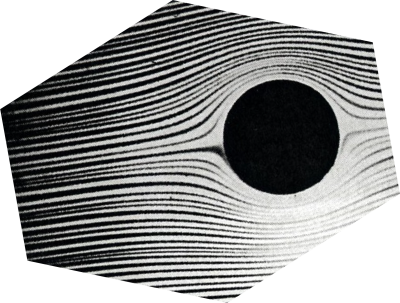Foraminifera
BackForaminifera (hole-bearers, from the Latin foramen 'holes' and fera bearing) are ancient sea creatures, that evolved 500 Million years ago.
During my PhD at the Netherlands Institute for Sea Research I studied how these organisms build their calcite shells and how fossil shells can be used to reconstruct the climate of the past.
Looking at foraminifera through the microscope
My PhD at NIOZ offered me the most amazing experiences, from crossing the Atlantic Ocean and Mediterranean Sea with Research Vessel the Pelagia, to doing 'culturing' experiments with living foraminifera at the NIOZ on Texel, on the Dutch-Carribean Island Statia, and in the lab at JAMSTEC in Japan.
The materials and creatures I encountered ranged from the softest marine sediments, collected from the depths of the abyssal plain, to strange creatures swimming by in a petridish after we collected them with a small boat.
Cells and Shells
Spending countless hours behind the microscope has been a life changing experience: looking at foraminifera building their shells, looking at their cell tissue extruding into 'pseudopodia' (fake feet), at how to crawl around, while feeding them microscopic algea, while changing the seawater of their petri dishes.
Fluorescent dye experiment showing newly added chambers
Spending so much time with foraminifera offered me insights into other, otherwise invisible, realms.
Realms of unicellular beings growing shells out of seawater, teaching me about growth and dissolution, about matter colliding into form, reproduction and death (sometimes by osmotic shock, when pouring de-mineralised water over them... sorry forams!).
Foraminifera adding new chamber to shell
I would always be moved when seeing a new layer of calcite appear on top of the organic template formed by the organisms. Magic!
Elements from seawater, sea salts, re-ordered into shells.
Collecting fossil and living foraminifera
During the NESSC Research Cruise we crossed the Mediterranean Sea from East to West. During this transection, we collected sediment cores from the bottom of the sea, to gain insights in climate fluctuations over the past ~350.000 years, using fossil foraminifera shells.
Along the way, following a gradient from highly saline to less saline seawater, we also collected sea water and plankton samples, to study how the chemistry of the shells reflects environmental conditions such as seawater salinity, pH and temperature.
This knowledge can then be used to reconstruct past environmental sea water and climate conditions.
As the imgage shows, weather conditions were rough ~~~~~
Sailing through the Corinth Channel
Sampling multicores in a container at 4 degrees while trying to not throw up
Softness of deep sea sediments making up for sea sickness
Cutting a piston core on deck of NIOZ's Pelagia Research Vessel
Sediment trap about to be deployed
Back on Texel: opening a sediment core from the Mediterranean Sea
Laminated sediments from Mediterranean Sea
Sieving sediments to collect foraminifera (and pteropods)
Sample with many Pteropods
Processing some foraminifera samples in the clean room at NIOZ
Traveling from one island to another even tinier island: from Texel to Statia
Collecting living foraminifera
After collecting foraminifera through diving, snorkling and collecting them with a plankton net from a small boat, me and my colleague Inge van Dijk check our catch at the CNSI.
Pteropod
Intriguing Sea Creature
Feeding the forams
Installing our culture chambers
Elements in foraminiferal shells as recorders of past climates
PhD Defense
And after over 4 years it was time to defend my PhD thesis at Utrecht University!
Thanks to my supervisors Prof. dr. Gert-Jan Reichart, dr. Lennart de Nooijer, my amazing paranimphs Alice & Inge and all my wonderful colleagues at NIOZ, JAMSTEC and Utrecht University for the wonderful opportunities and support!
Next recommended article:
